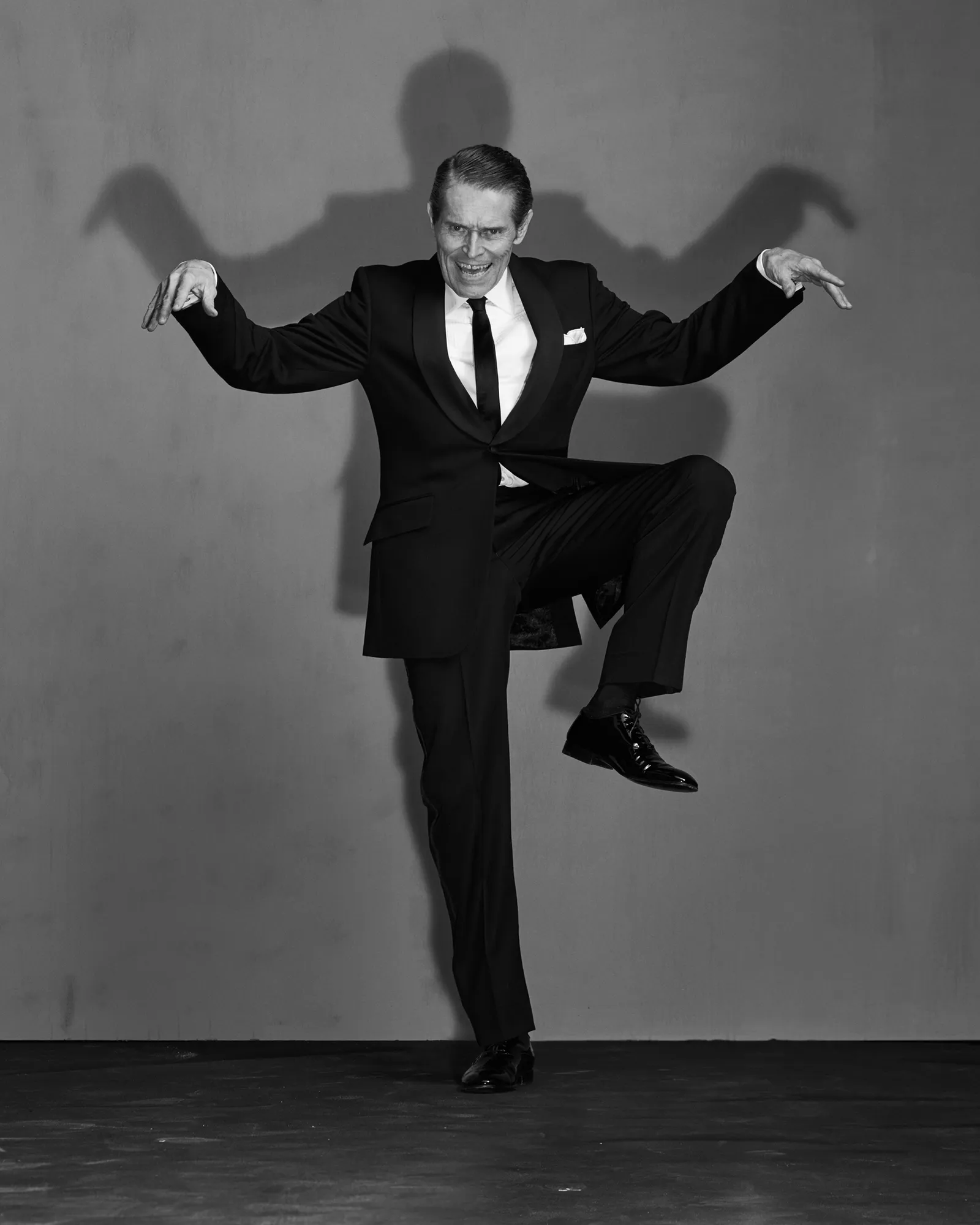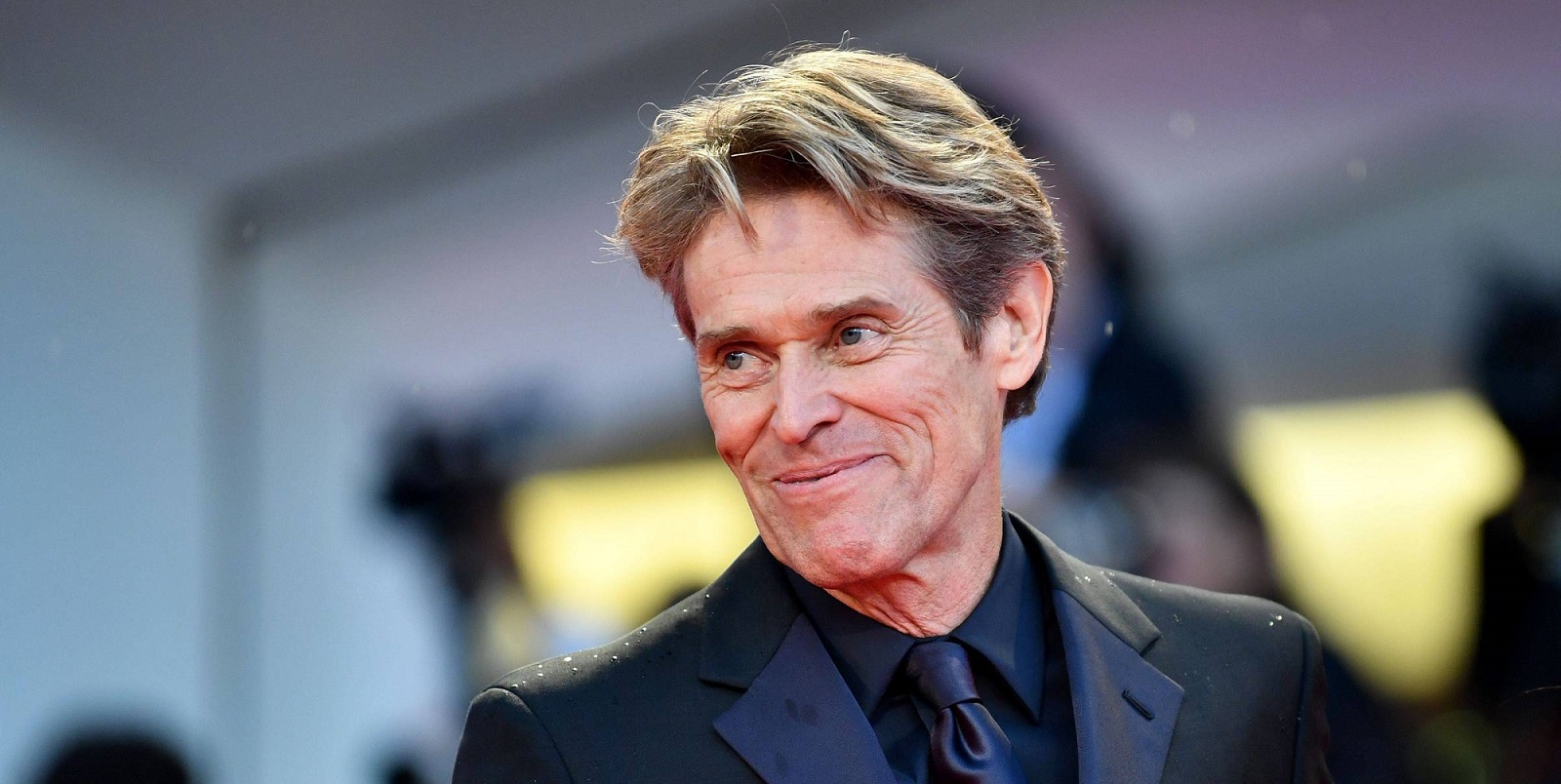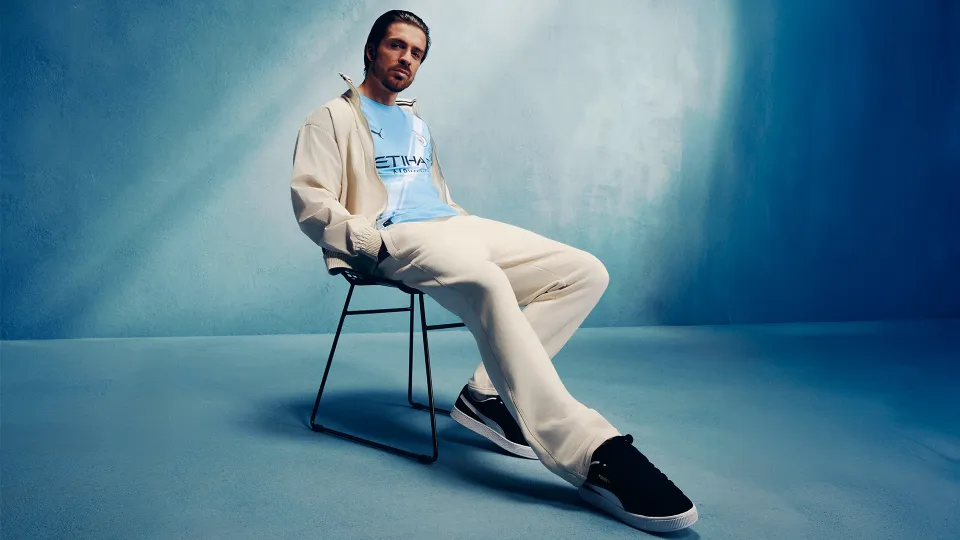Willem Dafoe is not your typical Hollywood leading man. With a career that spans decades, dozens of films, and a dizzying array of genres—from superhero blockbusters to experimental indies—Dafoe continues to challenge himself with roles that invite discomfort, ambiguity, and transformation. But what truly sets him apart isn’t just his eclectic filmography; it’s his mindset. He doesn’t chase certainty—he craves the unknown.
In his own words, Dafoe seeks out fear and curiosity as part of his process. “You shake hands with the devil you know, and that devil is your friend because he’s going to take you places that you couldn’t even imagine,” he tells Vanity Fair. For Dafoe, discomfort is not an obstacle to be avoided—it’s the doorway to authenticity.
A Defining Role: Jesus in The Last Temptation of Christ
The Unexpected Call
Dafoe’s journey into the deeper realms of performance arguably reached a peak with Martin Scorsese’s controversial 1988 film The Last Temptation of Christ. When he first got the call, he was stunned.
“I got a call that Martin Scorsese wanted to talk to me,” Dafoe recalls. “I was shocked initially. I said, ‘What role?’ And my agent said, ‘You idiot—Jesus.’”
It was a career-defining moment that tested everything Dafoe believed about acting. He wasn’t asked to play the divine, omniscient Christ but rather the man—the flawed, conflicted, deeply human Jesus. That challenge was irresistible.
Embracing the Human Element
When Dafoe read the script, he was struck not by the divinity but by the vulnerability. “It’s an examination of his human side, the guy-on-the-street Jesus. And I thought, I can do that. That’s interesting.”
In one of the most powerful testaments to his approach, Dafoe says that inhabiting a character doesn’t come from deep psychological backstory or academic research—it comes from doing. “In Platoon, I knew how to clean that rifle. I knew how to move in the jungle.” That physical, almost primal connection to character is a cornerstone of his work.
Scorsese’s Direct Approach
Scorsese didn’t over-intellectualize the casting either. “I go to meet him, and in about two minutes he says, ‘You want to do it?’ No prep. No auditions. Just: ‘Look at Pasolini’s Gospel According to St. Matthew, and I’ll see you in Morocco.’”
That kind of trust between director and actor isn’t just rare—it’s gold. And for Dafoe, it meant plunging headfirst into a role that required not just acting but transformation.
Living in the In-Between: Fear as a Creative Compass
Why Dafoe Doesn’t “Nail It”
One of Dafoe’s most powerful rejections is of the common industry phrase “nailing it.” In his view, that mindset misses the point entirely.
“It’s the most ridiculous phrase in the world. I get what it means. But there’s no such thing. There’s no arriving, there’s only going toward something.”
For Dafoe, acting isn’t about achieving a perfect performance. It’s about existing inside the process—uncertain, vulnerable, and responsive. The moment you think you’ve “nailed it” is the moment the creative journey dies.
The Devil You Know
Perhaps the most haunting and illuminating metaphor Dafoe uses is “shaking hands with the devil.” In his world, the “devil” is not evil—it’s the fear, the unknown, the challenge that forces you to evolve.
“That devil is your friend because he’s going to take you places that you couldn’t even imagine.”
To willingly walk into that kind of emotional wilderness requires not just talent but courage. It also reveals something essential about Dafoe’s approach: he trusts the process, even when it’s terrifying.
Early Roots: From Appleton to the Avant-Garde
A Small-Town Beginning
Dafoe was born in Appleton, Wisconsin—a far cry from the stages of Broadway or the sets of Cannes contenders. As a young man, he never imagined a life that would include collaborations with Lars von Trier, Wes Anderson, and Abel Ferrara.
“I’m a kid from Appleton, Wisconsin, that gets to travel, and learn things, and make pretend and have all these adventures. Did I ever think I would be dancing with Baryshnikov?”
That sense of wonder has never left him. Even with all his accolades, Dafoe speaks not like a master but a student—eager, wide-eyed, and humble.
A Life of Disappearing Acts
For Dafoe, the “perfect moment” is not an award or a red-carpet event. It’s the act of vanishing into the character.
“There’s lots [of perfect moments], you know? Every time I disappear into the action. Every time I lose myself in a different way of thinking—that’s a gift, because that’s all I want. I want to, you know, melt into what is.”
That yearning—for immersion, not performance—is what sets Dafoe apart in a profession often obsessed with visibility.
The Curious Actor’s Mind: Patterns in Performance
The Military Brat and Religious Roots Theory
When asked whether there are any commonalities among actors, Dafoe offers a surprising but insightful take.
“There’s a lot of military brats and a lot of people with religious backgrounds, which is a curious thing.”
The idea is simple but profound. For military brats, frequent moves force children to adapt, reinvent, and perform socially just to belong. For those raised in religious environments, the connection is more metaphysical.
“If acting is exercising empathy—and, at its highest level, it’s some sort of service to a communal ritual—that’s very close to some sort of communion like you get with a religious community.”
This understanding places acting not merely as entertainment, but as a spiritual endeavor. Something closer to ritual, or even prayer.
On Stage and Screen: Selected Works That Echo His Philosophy
Platoon (1986)
Dafoe’s role as Sergeant Elias in Platoon earned him his first Academy Award nomination. More than that, it laid the groundwork for the kind of physical, experiential acting he would come to master.
His preparation wasn’t just reading about Vietnam—it was learning how to be a soldier. Knowing how to clean a rifle, how to walk the jungle floor, how to feel danger in your bones. For Dafoe, those are not just props or blocking. They’re the way in.
The Lighthouse (2019)
Robert Eggers’ hallucinatory chamber piece The Lighthouse is perhaps the perfect example of Dafoe shaking hands with the devil. Trapped in a lighthouse with co-star Robert Pattinson, speaking archaic dialects, farting into darkness, and losing grip on sanity—this was a role most actors would fear. Dafoe embraced it.
It’s the kind of story that lives in ambiguity and metaphor, and Dafoe’s performance becomes a haunting blend of menace, madness, and salty humanity. It’s not about clarity. It’s about presence.
Antichrist (2009)
Dafoe’s collaborations with Lars von Trier—especially in Antichrist—further underline his willingness to dwell in discomfort. The film is brutal, unflinching, and viscerally emotional. It was also controversial for its graphic content.
But Dafoe approached the role as he always does: with discipline, curiosity, and the willingness to go where most fear to tread.
The Role of Not Knowing: Curiosity as Compass
Why Every Role Feels Fresh
Despite his long and varied career, Dafoe insists that every new project feels fresh. Not because the roles are necessarily new, but because he never approaches them with preconceived certainty.
“Every time I approach something I really feel like it’s fresh for me. That place of not knowing—of curiosity, or fear—becomes normal. So then you invite it.”
To invite the unknown rather than avoid it is perhaps the most crucial lesson Dafoe has to offer aspiring actors—or anyone engaged in a creative life.
Looking Ahead: What’s Next for Willem Dafoe?
The Eternal Student
Asked what he wants to do next, Dafoe laughs. “I don’t know.”
It’s not a lack of ambition. It’s the opposite. That openness is the engine of his longevity. As long as there’s uncertainty, there’s growth. As long as there’s fear, there’s possibility.
Whether it’s dancing with Baryshnikov, playing a mythic figure, or simply learning how to clean a rifle—Dafoe isn’t chasing mastery. He’s chasing experience.
Final Thoughts: Why the Devil Is Your Friend
Willem Dafoe’s legacy isn’t just built on the roles he’s played but the way he’s played them—always dancing on the edge of what’s known and what’s possible. In a culture that often glorifies perfection and polish, Dafoe offers an alternative path: one of risk, fear, and radical curiosity.
By “shaking hands with the devil,” he’s not courting chaos—he’s inviting transformation. That devil, in Dafoe’s eyes, is simply the unknown part of ourselves we must confront to grow. And in doing so, he has become one of the most respected, daring, and spiritually resonant actors of our time.
- Man City drop Jack Grealish transfer hint as they launch stunning new kit for Club World Cup - June 5, 2025
- Madison Beer Shares Cheeky Bath Photo in Oscars Party Post - June 5, 2025
- Willow Name Meaning - June 5, 2025







